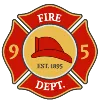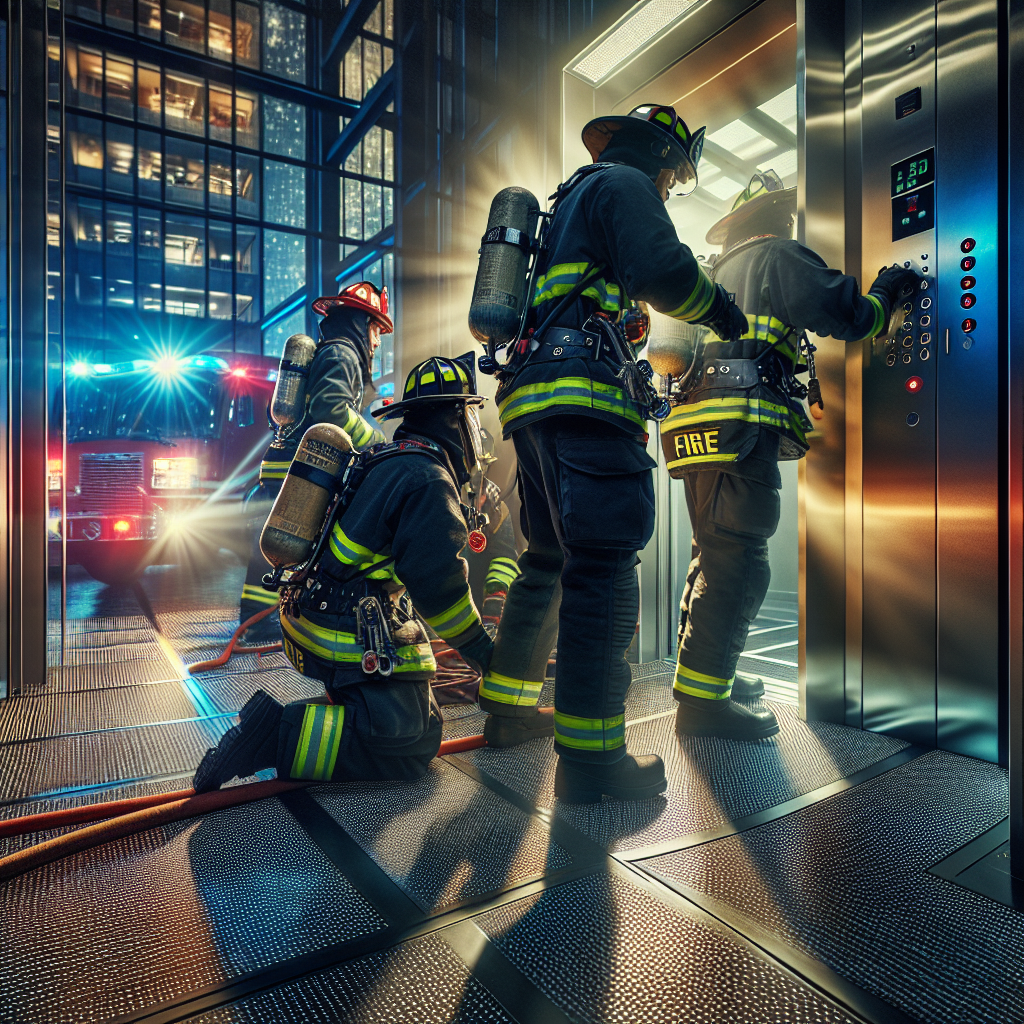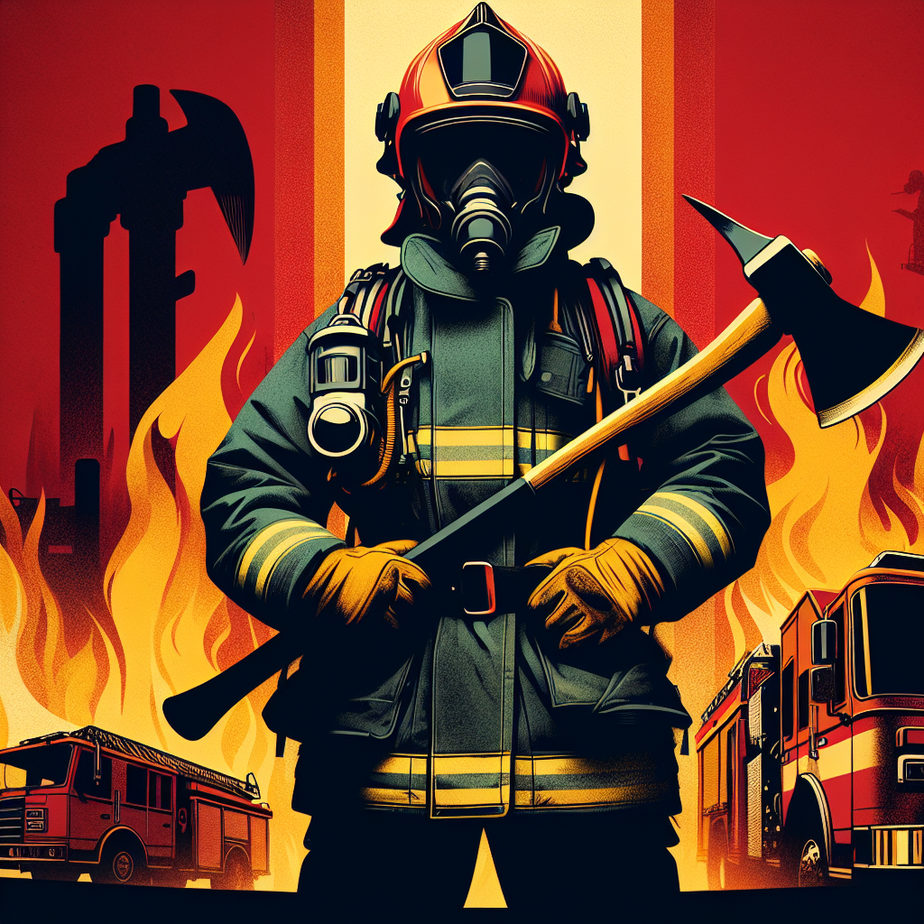Now Reading: Essential Tips for Firefighters on Combustible Gas Detection and Safety
- 01
Essential Tips for Firefighters on Combustible Gas Detection and Safety
Essential Tips for Firefighters on Combustible Gas Detection and Safety

Firefighting Essential Tips: Combustible Gas Detection and Safety 🔥🚒
When it comes to firefighting, knowing how to detect and handle combustible gases can mean the difference between a successful operation and a catastrophe. Australian firefighters regularly face unpredictable environments, from raging bushfires to industrial incidents. Understanding the risks of combustible gases and knowing how to detect them safely is crucial to protecting ourselves and the communities we serve.
🚨 Understanding Combustible Gases
Before we get into the nitty-gritty of detection and safety, let’s talk about combustible gases. These are gases that, when mixed with air, can ignite or explode under the right conditions. Common culprits include:
- Methane (CH₄): Yep, the same gas that cows “contribute” to the atmosphere. It’s highly flammable and found in sewers, landfills, and underground mining sites.
- Propane (C₃H₈): Used in BBQs and gas heaters, but dangerously explosive when leaked in enclosed spaces.
- Hydrogen (H₂): The lightest gas on the periodic table and highly explosive.
- Acetylene (C₂H₂): Used in welding, but can ignite even without air if not handled properly.
Each of these gases brings a unique risk, but they all have one thing in common—when they leak, bad things happen! 😬
🛠️ Essential Gas Detection Tools for Firefighters
Knowing where combustible gases might lurk is only half the battle. Having the right detection tools is what keeps us safe.
1. Multi-Gas Detectors
These handheld devices are our best mates in smoky, uncertain situations. They measure Lower Explosive Limits (LEL), ensuring we know when things are approaching dangerous levels. Always check calibration before each use—because a faulty detector is about as useful as a chocolate fire helmet. 🍫🔥
2. Infrared Cameras
Some gases are sneaky and invisible to the naked eye. Infrared cameras can help spot abnormal heat signatures or gas releases, especially in industrial settings. Ever tried tracking a gas leak with your nose? 🤢 Trust us, use the technology.
3. Flame Ionization Detectors (FIDs)
Used for detecting volatile organic compounds (VOCs), these are mainly for industrial hazards. Not your everyday fire truck tool, but good to have when entering a chemical facility.
4. Air Sampling Tubes
Old-school but useful, these tubes react to specific gases and change color when exposed. No batteries needed, just a little patience and a trained eye.
⚠️ How to Detect Combustible Gas Before It’s Too Late
Even with top-notch equipment, human instincts still play a role in safety. Here’s how to detect a combustible gas leak before it becomes a full-blown emergency:
🔥 Use Your Senses (Safely!)
- Smell: Some gases have a distinct odor (think rotten eggs—that’s added mercaptan in LPG). If something smells off, trust your gut.
- Sight: Look for vapor clouds, dead vegetation (near pipelines), or unusual frost patterns on gas cylinders.
- Hearing: A hissing or whistling noise could indicate a gas leak, especially in high-pressure environments.
🚨 Monitor for Symptoms
If you or your crew suddenly feel dizzy, lightheaded, or nauseous in a suspected gas area, get out immediately. Combustible gases may also displace oxygen, leading to hypoxia without warning.
🔥 Firefighter Safety Protocols for Combustible Gas Incidents
When an emergency unfolds, clear protocols must be in place. Here’s how to stay safe when responding to a combustible gas incident:
1. Establish a Hot Zone 🚧
When a leak or suspected gas exposure occurs, designate hot, warm, and cold zones. These boundaries prevent unnecessary exposure and keep bystanders out of harm’s way.
2. Eliminate Ignition Sources ⚡
No smoking, no sparking, and definitely no mobile phone selfies near a gas leak. Even static electricity from your gear can be enough to ignite gas in a volatile environment. (Yes, that TikTok video can wait.)
3. Ventilate the Area 🌬️
If safe to do so, establish ventilation to disperse gas buildup. In enclosed spaces, use positive pressure ventilation (PPV) fans to push hazardous gas away from breathable zones.
4. Use Proper PPE 🦺
Standard firefighting gear isn’t enough for some gas hazards. When dealing with unknown chemicals, SCBAs (Self-Contained Breathing Apparatus) are mandatory. Remember: You can’t fight what you can’t breathe through!
5. Approach from Upwind 🌬️
Firefighters should always approach hazardous zones from the upwind side to minimize exposure. This prevents inhalation and reduces the risk of getting caught in a sudden ignition.
6. Shut Off Gas Supply (If Possible) 🔧
If the source of the leak is a ruptured gas main or storage tank, securing the supply is priority number one. However, never enter a high-risk area without confirmation that it’s safe to do so. Risks like secondary explosions or structural collapse must always be considered.
🚀 Lessons from the Line: What Australian Firefighters Have Learned
Firefighting in Australia isn’t just about bushfires—urban environments bring their own hazardous gas risks. Here are five key takeaways from experienced firefighters Down Under:
1. The Danger of Complacency
Never assume an area is safe just because there’s no smoke or fire. Combustible gases are often invisible and odorless in high concentrations. Always use your detector! 🛑
2. Gas Can Travel
Just because a leak starts in one area doesn’t mean it stays there. Gases can migrate through drains, ceilings, and underground utilities, creating explosive conditions several metres away.
3. Fire Doesn’t Always Look Like Fire
Gas-fed fires behave differently from standard structure fires. They may burn clear (hydrogen flames are nearly invisible) or spread unexpectedly due to pressure buildup before ignition.
4. Industrial Settings Are Unforgiving
Warehouses, refineries, and processing plants often house multiple gas hazards in one location. Always brush up on site-specific MSDS (Material Safety Data Sheets) before committing fire suppression tactics.
5. Trust Your Training
Firefighting is chaotic, but muscle memory saves lives. Regular drills on gas leaks, detector usage, and emergency evacuations ensure that, when the pressure is on, you react correctly—without panic.
🚒 Final Thoughts
Combustible gas detection and safety are non-negotiable skills in firefighting. Whether responding to a natural gas leak in the suburbs or managing a volatile LPG incident, preparation and vigilance are key to protecting not just ourselves but the communities we serve.
Next time you’re out on shift, remember: When in doubt, check your sensors, trust your training, and don’t play hero with unknown gases! 💨⚠️
🔥 What’s the trickiest gas incident you’ve ever faced? Share your experiences in the comments below! Let’s swap stories and keep each other safe. 🚒✨





























